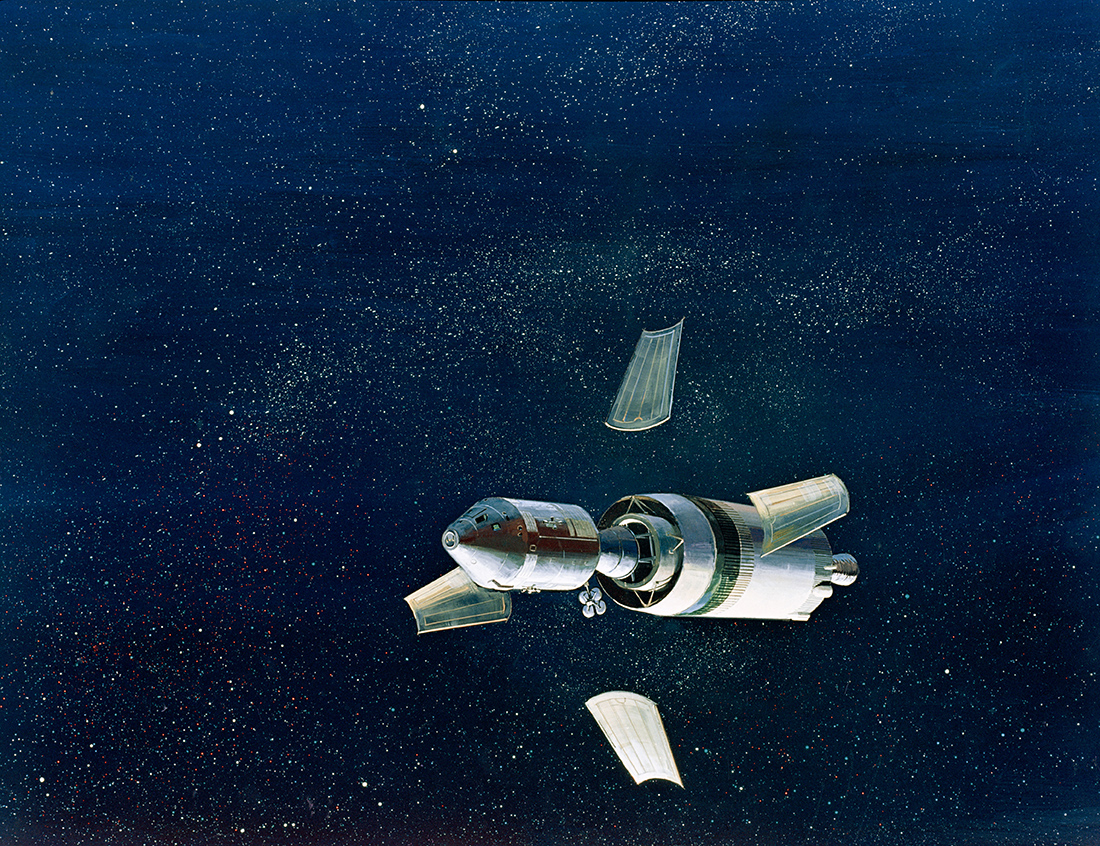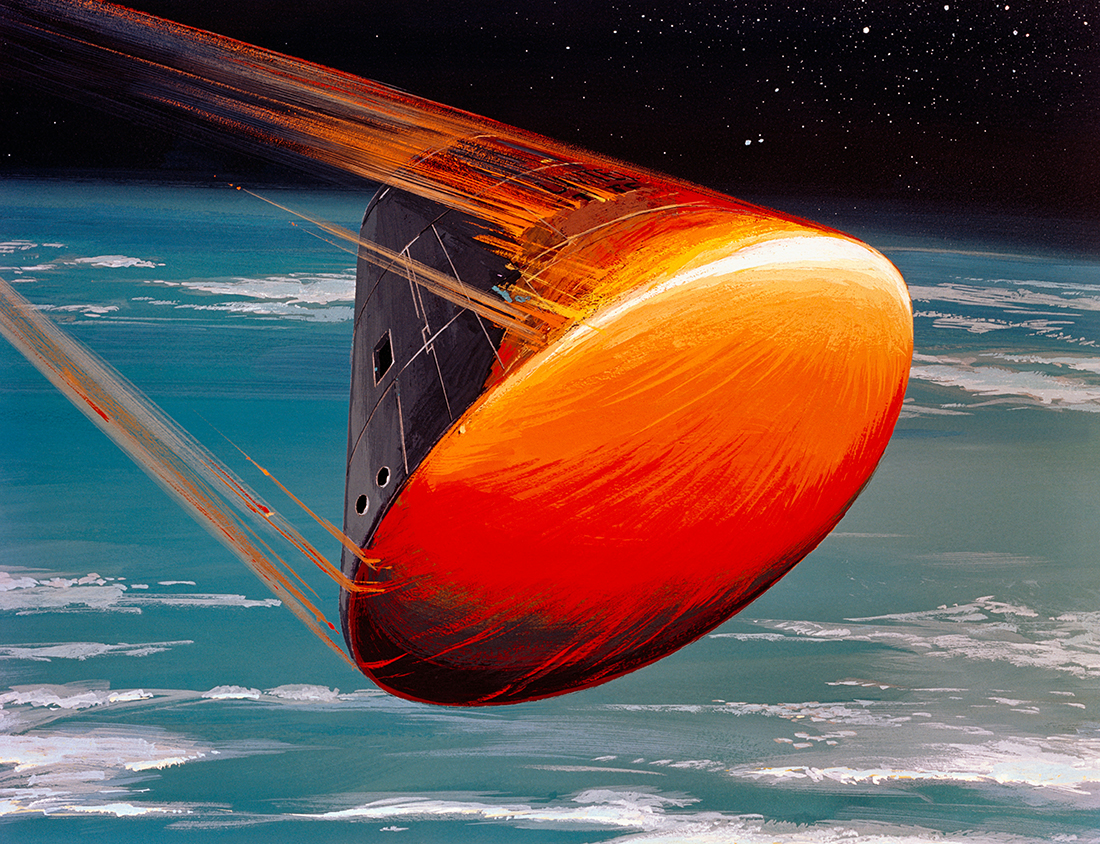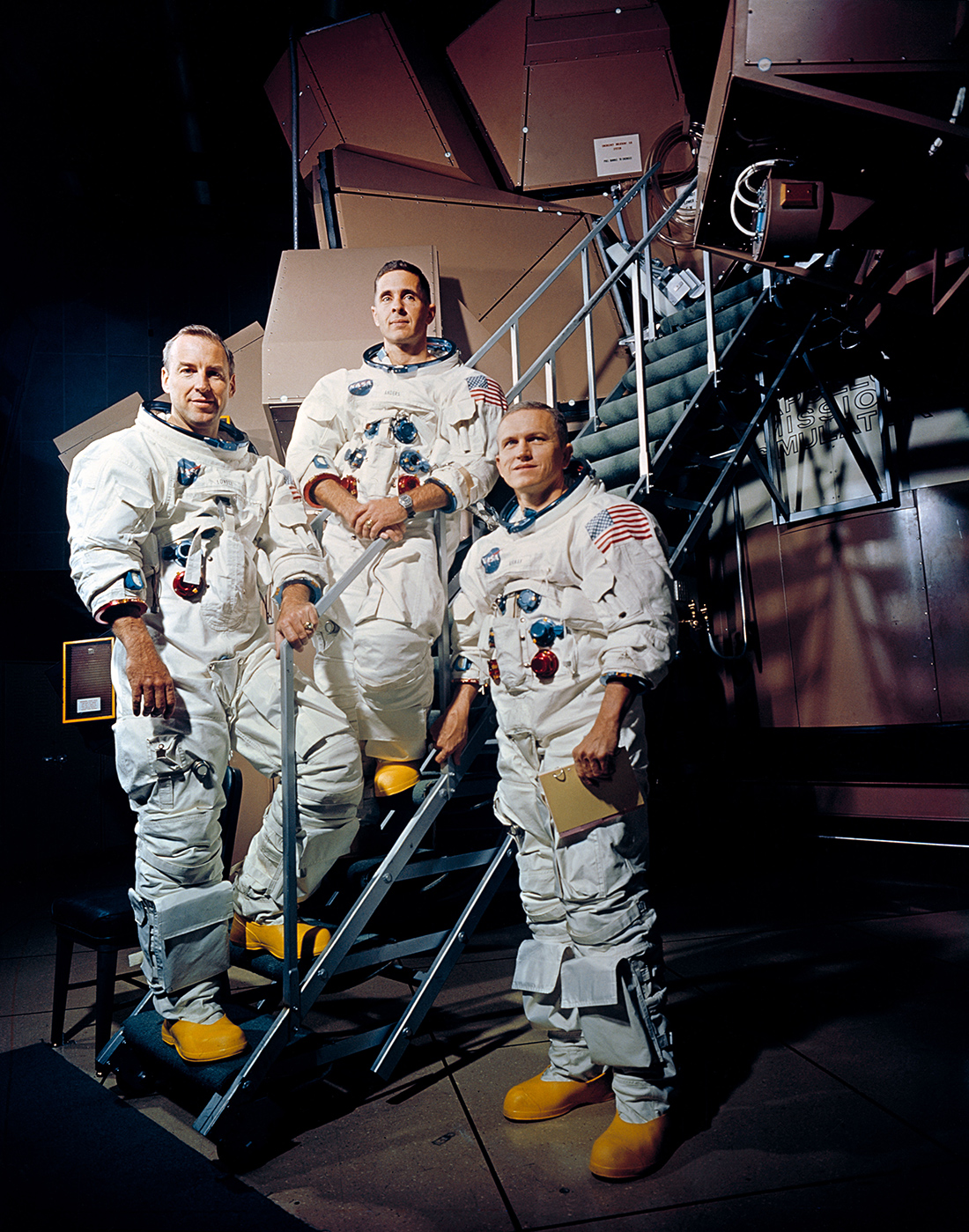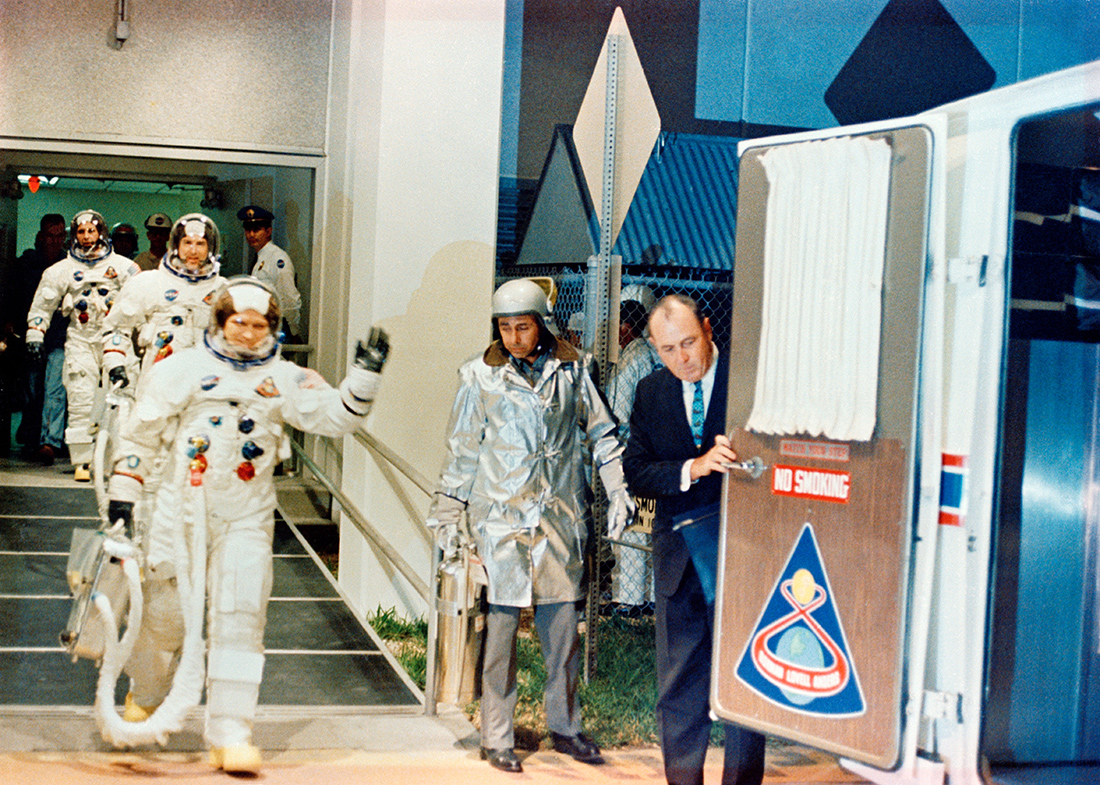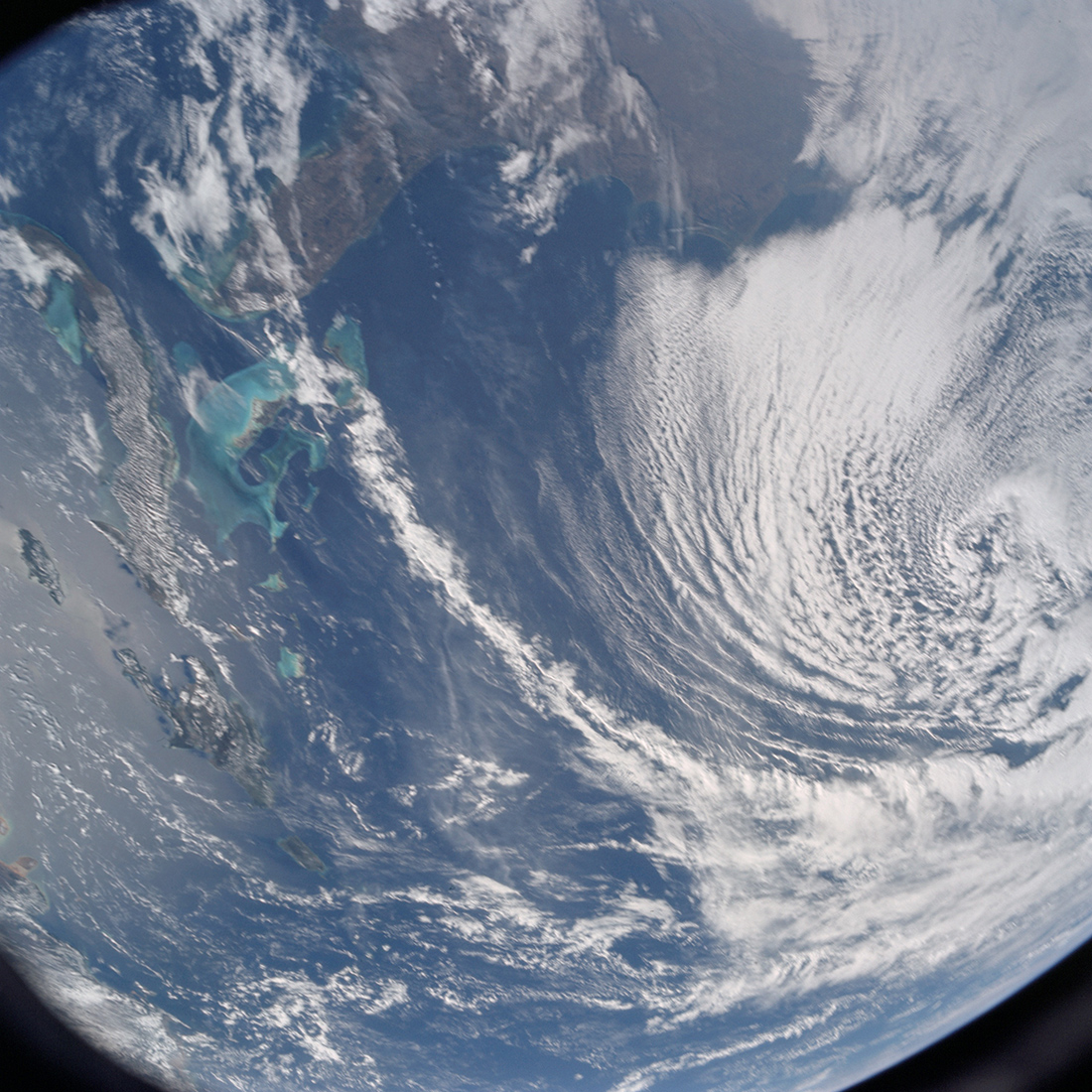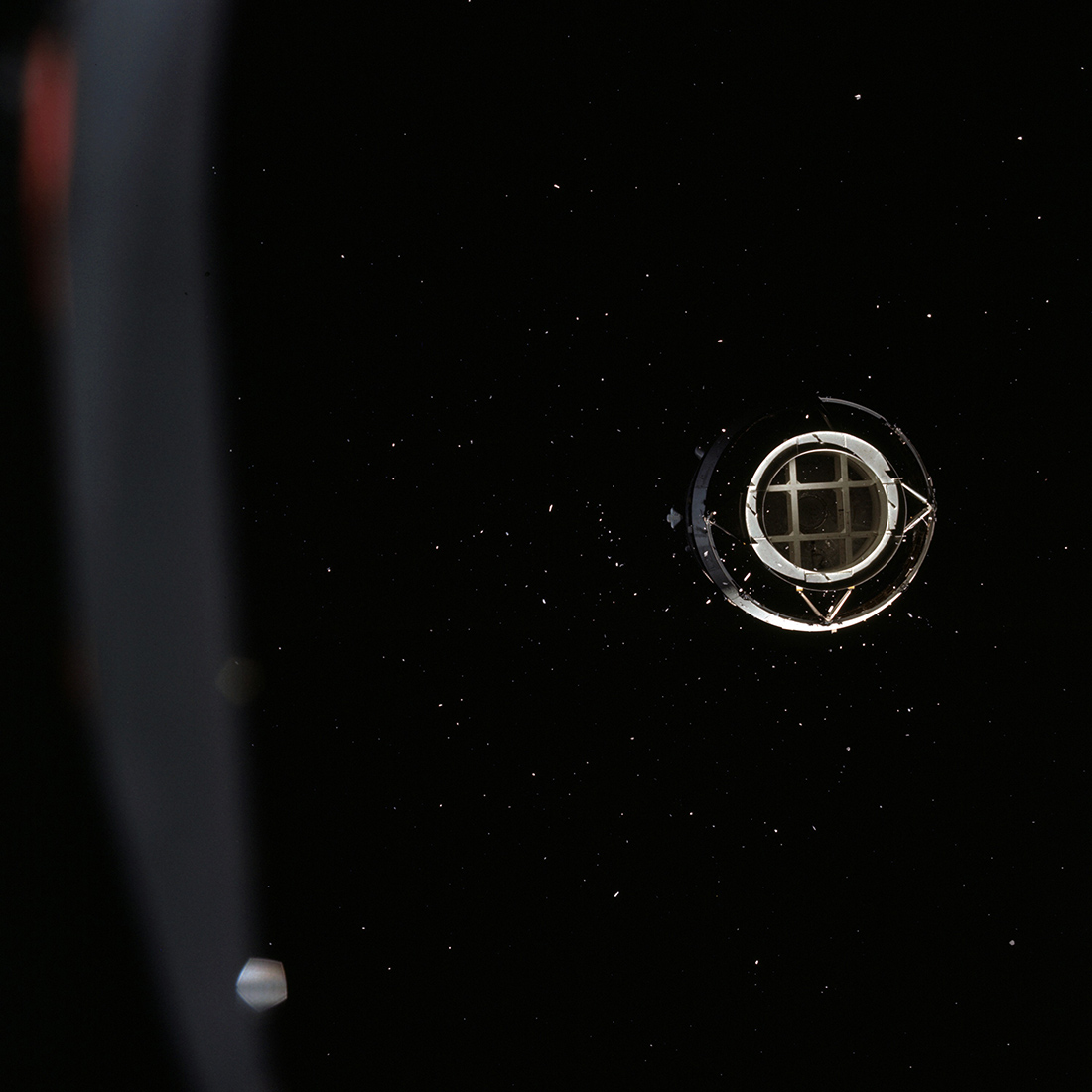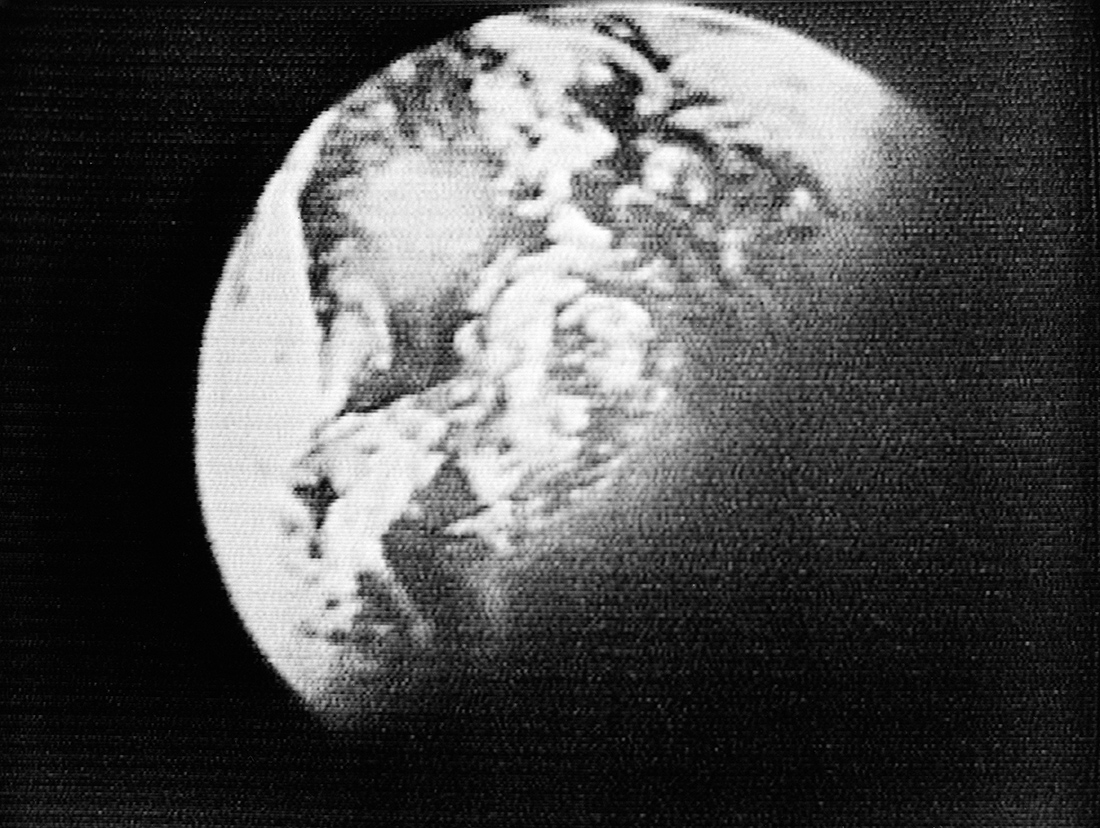Apollo 8: NASA's First Crewed Trip Around the Moon in Pictures

Apollo 8
In December of 1968, NASA astronauts Frank Borman, James Lovel and Bill Anders became the first humans ever to circle the moon on the historic Apollo 8 mission. See how the mission went in photos here. NASA released the official emblem for the Apollo 8 lunar orbit mission. Astronauts Frank Borman, commander; James A. Lovell Jr., command module pilot; and William A. Anders, lunar module pilot; make up the prime crew for the mission.
To the Moon
This concept art by a North American Rockwell Corporation artist depicts the Apollo 8 spacecraft Command and Service Modules attached to the Saturn V third stage headed for the moon. The craft will travel at around 24,300 miles per hour and the trajectory provided by Saturn V's third stage instruments provides a "free return" around the moon and back to Earth.
Letting Go
In this concept art by a North American Rockwell Corporation artist the Apollo 8 Spacecraft Lunar Module Adapter (SLA) panels are detached and jettisoned from the Command and Service Module. Astronauts fire the service module reaction control engines and the spacecraft separates from the SLA while deploying the high gain (deep space) antenna.
Next Steps
Another North American Rockwell artist illustrated the next phase of the Apollo 8 lunar orbit mission. Following about 20 hours in lunar orbit while on the backside of the moon, astronauts aboard the Apollo 8 fire up the 20,500-pound thrust engine, heading back to Earth. Firing the service module engine will last about three minutes, and communications with Earth will be blocked by the moon.
Re-entry Imagined
Concept art by a North American Rockwell artist illustrates the Apollo Command Module re-entering Earth's atmosphere following a lunar landing mission.
Important People
From the left, James A. Lovell Jr., command module pilot; William A. Anders, lunar module pilot; and Frank Borman, commander: the prime crew of the Apollo 8 lunar orbit mission. On November 13, 1968, the crew stands near the Apollo Mission Simulator at Kennedy Space Center.
One Step Closer
On December 21, 1968, the Apollo 8 prime crew — astronauts James A. Lovell Jr., command module pilot; and William A. Anders, lunar module pilot, lead by astronaut Frank Borman, commander — make their way to the transfer van to ride from the Manned Spacecraft Operations Building at Kennedy Space Center to Launch Complex 39, Pad A during the prelaunch countdown. The transfer van door is held by Charles Buckley, KSC security chief.
Breaking space news, the latest updates on rocket launches, skywatching events and more!
Take-off Success
The Apollo space vehicle, comprised of Spacecraft 103 and Saturn 503, launches on its lunar orbit mission on December 21, 1968. Apollo 8 is the first manned launch for the Saturn V and carried astronauts Frank Borman, commander; James A. Lovell Jr., command module pilot; and William A. Anders, lunar module pilot, into lunar orbit.
Home Sweet Home
During the six-day journey to and around the moon, images of Earth were snapped. Here much of the southeastern United States and the Caribbean Sea area, the U.S. coastline from Chesapeake Bay to the Florida Peninsula are visible. And the Bahamas and the islands of Cuba, Jamaica, Hispaniola and Puerto Rico extend across the Caribbean.
Farewell
The Saturn V third (S-IVB) stage drifts through space after separation from the Apollo 8 spacecraft after trans-lunar injection. On the S-IVB the Lunar Module Test Article is visible. Sunlight reflects on small particles released when panels from the Spacecraft LM Adapter were detached. John Glenn was the first to notice this "firefly" phenomenon during the Mercury-Atlas 6 mission.
Like Looking in a Mirror
During a live telecast from the Apollo 8 spacecraft on December 26, 1968, this image of Earth gave viewers a glimpse of the view from the spacecraft. The photo was taken from around 97,000 nautical miles from Earth when the Apollo 8 spacecraft was traveling more than 6,000 feet per second.

Christine Lunsford joined the Space.com team in 2010 as a freelance producer and later became a contributing writer, covering astrophotography images, astronomy photos and amazing space galleries and more. During her more than 10 years with Space.com, oversaw the site's monthly skywatching updates and produced overnight features and stories on the latest space discoveries. She enjoys learning about subjects of all kinds.


